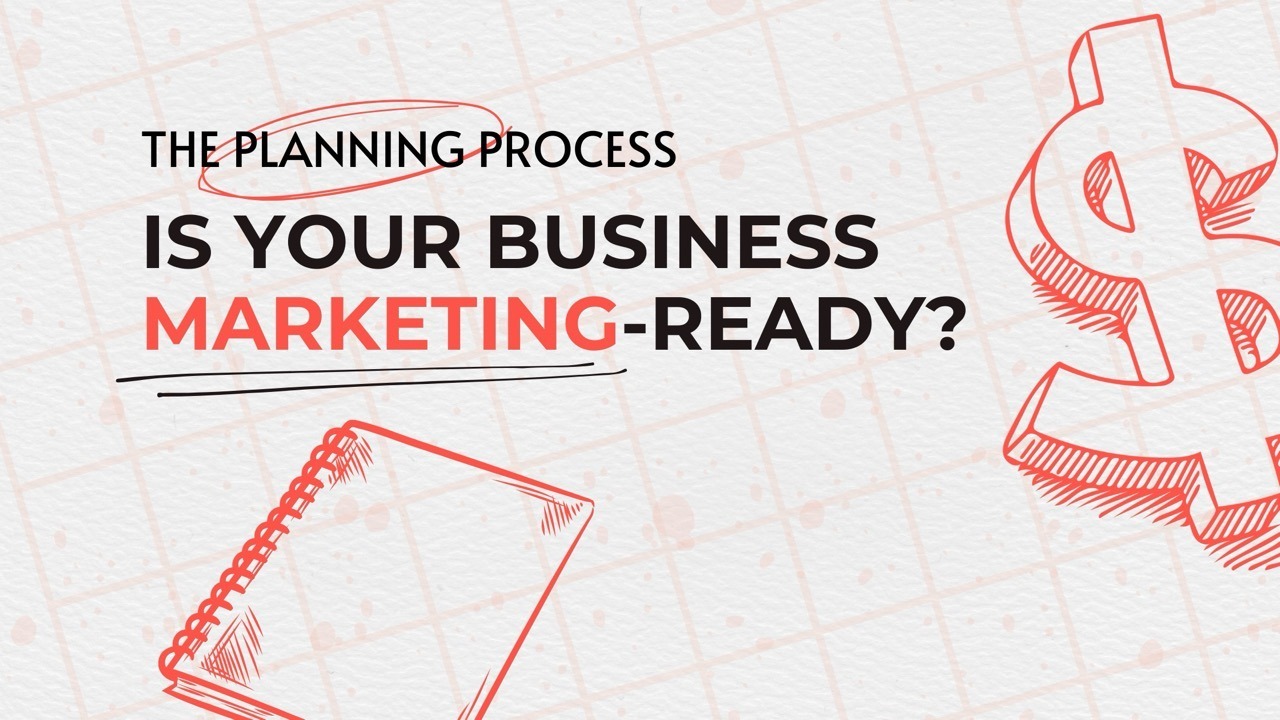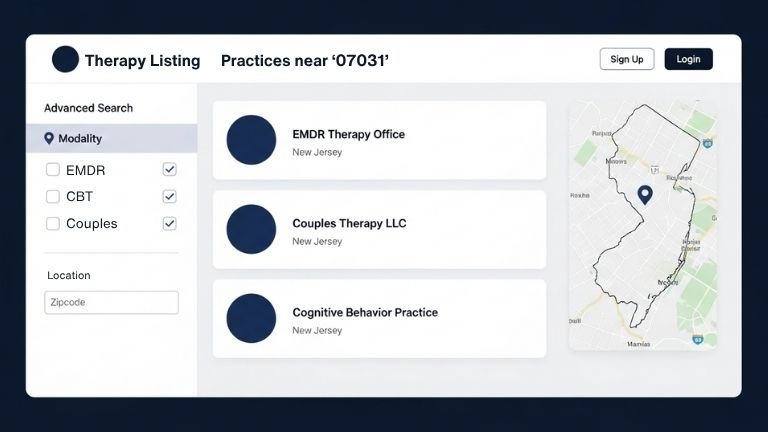It’s 12:00 AM–you haven’t slept for days.
Under your nose is a worn-out legal pad covered in pencil shavings–casualties from the rigorous outlining of your STELLAR business concept.
Before you give into instinct and create a WordPress site, or hand over fistfuls of cash for a personalized logo, ask yourself these three questions:
- Do I have a clear and feasible product design or service process?
- What value does my product or service promise to generate?
- Am I confident people are willing to pay for what I’m selling?
Everyone who starts a for-profit business has the same two goals:
- Generate sales
- Yield a profit
The difference between those who plan and those who don’t is the ability to identify the most critical element for marketing success: value.
The Purpose of a Marketing Plan
A good marketing plan will underline the value your business yields to a particular group of people. It does this by elaborating on how people are better off from interacting with you.
In addition, a good marketing plan outlines the methods by which, and the environment in which, you will communicate the value of your product or service. Your messaging must convince someone to buy from you over someone else.
The process of outlining these methods, your environment, and your messaging looks like this:
- Identify customer needs and wants
- Describe how you will generate awareness of your value
- Write messaging to convince of your ability to deliver value
The Difference Between a Marketing and a Business Plan
Considered an even more comprehensive plan, the business plan outlines your entire business operations. Necessary for sourcing outside funds, the business plan is not required for bootstrapped startups but is absolutely recommended.
The business plan houses everything a bank or venture capitalist would need to know before entrusting their money to you. A business plan typically includes the following categories:
- Mission statement
- Value proposition
- Services or product offerings
- Pricing
- Competitive advantages
- Primary client or customer base
- Financial investment details (your investment and what you seek)
- Financial projections and a valuation model
- Legal structure
- Industry landscape
- Distribution strategy
- Intellectual property rights
- Regulatory requirements
- Marketing and sales approach
Even if you do not seek funding, writing a business plan helps you list all considerations and risks before investing time and money. The good news is that much of what you put into your business plan can be carried into your marketing plan.
Define Your Product or Service Offering
This is the crux of your business model. Your product or service needs to be easy enough to understand that it could convince someone of its utility by itself.
As you conduct your preliminary marketing research to assess other business concepts like yours, you may come across the principle of the “4 P’s.”
Authored by E. Jerome McCarthy in his 1960 marketing textbook, Basic Marketing: A Managerial Approach, the “4 P’s” is a modernized take on an original sales methodology.
The “4 P’s” are controllable elements of marketing to be adjusted to meet consumer demand:
- Product: what you’re selling.
- Price: how much you charge.
- Place: where your product will be sold.
- Promotion: how you will inform people about your product.
Identify Your Value Proposition
Your value proposition is what differentiates you from your competition. The value you bring to someone could be in the form of saved time, more money, or a progression toward career goals.
The harsh reality is that many businesses in existence already offer the service or product you do. The difference is that your competitors may not deliver a product or service in the same way, or communicate value in the way you do. These differences are crucial because they highlight reasons why someone would choose you over another.
Is Anyone Going to Pay for This? Identifying Your Target Market
No customers means no business. The answer is market research.
The first step is to identify your target industry codes. The North American Industry Classification System (NAICS) is defined as the following by the United States Census Bureau.
The standard used by Federal statistical agencies in classifying business establishments for the purpose of collecting, analyzing, and publishing statistical data related to the U.S. business economy.
The codes you pull for your research are the industries in which your targeted customers work and operate businesses. At a macro level, the most important information to capture is the demographic and regional information. Examples include average income, age, education, gender, and employment levels.
Upon further research into your target industries, you’ll uncover market share details and common barriers to entry. Various research websites will grant you access to limited information for free. Some top names include IBISWorld and Statista.
At the micro level, the goal is to obtain enough information to generate a profile of the person(s) who comprise your ideal customer. For this, you will want to acquire information about their common pain points, job stressors, workplace or lifestyle habits, and business challenges.
Ways to conduct market research:
- Primary Research:
- Research surveys
- 1:1 Interviews with prospective customers
- Social media polls and quizzes
- Secondary Research:
- The Business Builder tool from the U.S. Census Bureau
- Research websites (i.e. IBISWorld and Statista)
- Employment and establishment info from the U.S. Bureau of Labor Statistics
- Trade publications
How Is the Competitive Landscape Looking?
Understanding your industry is necessary to understand your target markets and your competitors.
Your own industry code should be used to research information about the following:
- Number of businesses registered for your industry
- Number of businesses across regions, cities, or states
- Demographic details of those residing in your industry area
- Market share information
- Common barriers to entry
- Average revenue/sales numbers for businesses in your industry area
What Is A Marketing Program?
A comprehensive marketing program outlines how various marketing activities are carried out in pursuit of achieving marketing goals.
Your marketing plan may include a mixture of email, paid digital ads, and your blog. These are examples of marketing channels (as in communication channels).
For example, if you decide to promote your business in the way of email communication, you will want to build an email subscriber list. The plan will outline how you intend to give folks the option to opt-into communication, type of content you’ll send, email frequency, and performance tracking.
An important strategy for email communication includes segmentation, by which you separate people within your email subscriber list by behaviors or interests. From these subscriber list segments, you might decide to leverage the insights you see from your email campaigns to generate similar content for your blog. That new blog content can then be distributed via additional email campaigns for performance testing.
Then, the performance data you receive from your emails and blog posts might then inform the copy and audience criteria you leverage for your advertising campaigns.
The whole program might look like this:
- Email subscriber performance generates insights into engaging content based on list segmentation
- High-engaging content themes yield additional ideas for future blog articles
- High-performing content themes and segmentation details inform digital ad copy and targeting
A well-oiled marketing program identifies how each channel relates to another. The challenge will be ensuring all marketing channels achieve the primary goal. An example of a primary goal for newer businesses is to generate and nurture leads down the marketing and sales funnel.
We recommend sifting through our digital marketing glossary to become familiar with marketing channels and typical jargon.
Closing the Deal & The Sales Cycle
Do you have a process to drive people over the finish line?
Sales is itself an entire field with its own processes and frameworks. What’s important for this article is understanding the relationship between marketing and sales. This relates to the customer lifecycle.
Sales is the process by which a professional nurtures and convinces a prospect down the pipeline into a customer.
The sales cycle is best accompanied by marketing initiatives that support each stage of the customer lifecycle with content that facilitates the conversation (both online and offline).
Examples of marketing content that support sales include:
- Client or customer case studies
- Industry trend whitepapers
- Competitor comparison fact sheets
- Pricing package one-pagers
- Product and category pages
- Testimonials and customer reviews
While it’s easier to think of sales at the bottom of the customer lifecylcle, salespeople work the entire funnel.
It might be necessary to reach out to a lead immediately. For example, if a prospect completed a form on the website with the header “Speak with a Member of Our Team,” you wouldn’t want to wait to contact them.
Typically, prospects need time to understand your value. Once they’re ready to make a purchasing decision, you need to ensure you have the right language in place to convince them.
Bringing Your Business Into Formation
Once you’ve worked out your product or service offering, your value proposition, and the viability of your business model, the next phase begins.
In many ways planning, writing, and researching your product or service is the hardest part. Registering and forming your business can be pretty straightforward depending on your business structure.
Making it Official
After planning comes formation. The following are a few of the most important aspects of forming a business:
- Choosing your business entity and structure
- Formation and registration
- Licenses and permits
- Business bank accounts and insurance
Depending on your business entity and offerings, you may be subject to various certification, licensing, permit, or insurance requirements. It’s important to conduct your research on these areas before registering your business with your state’s Department of Treasury or the Internal Revenue Services.
The best advice is to reach out and consult with a business attorney attuned to the laws of business filing and formation within your state. You should also consult with a tax attorney who can educate you on tax responsibilities for your business type and how best to plan for such expenses throughout the year.
Another piece of advice is to acquire a mentor. The most well-known mentor organization is SCORE, which offers free mentorship and resources for aspiring and existing small business owners. SCORE receives its funding from a Congressional grant from the Small Business Administration (SBA), another entity that provides online entrepreneurship resources.
The Marketing Readiness Quiz
In a brief ten-question quiz, confirm you have what you need to start marketing your business. It’s better to spend five minutes now and avoid wasting thousands of dollars in monthly marketing expenses.
Source List:
- McCarthy, E. Jerome. (1960). Basic Marketing: A Managerial Approach. HathiTrust Digital Library. HathiTrust. Retrieved on February 2, 2025.
- SBA Gov. (2025). Small Business Administration (SBA). U.S. Small Business Administration. Retrieved on February 2, 2025.
- U.S. Census Bureau. (2025). North American Industry Classification System (NAICS). United States Census Bureau. Retrieved on February 2, 2025.



